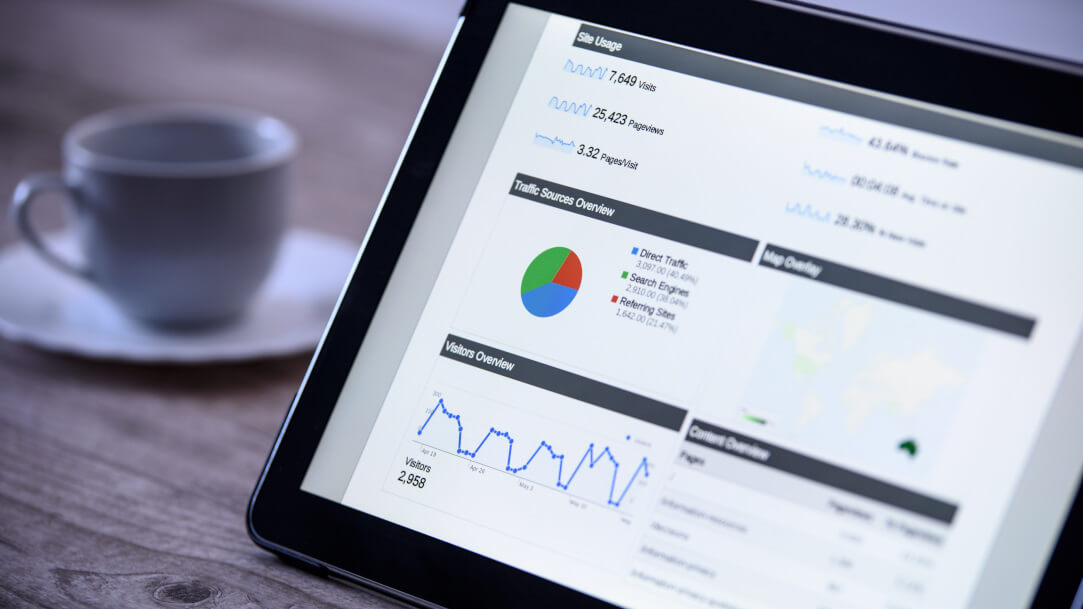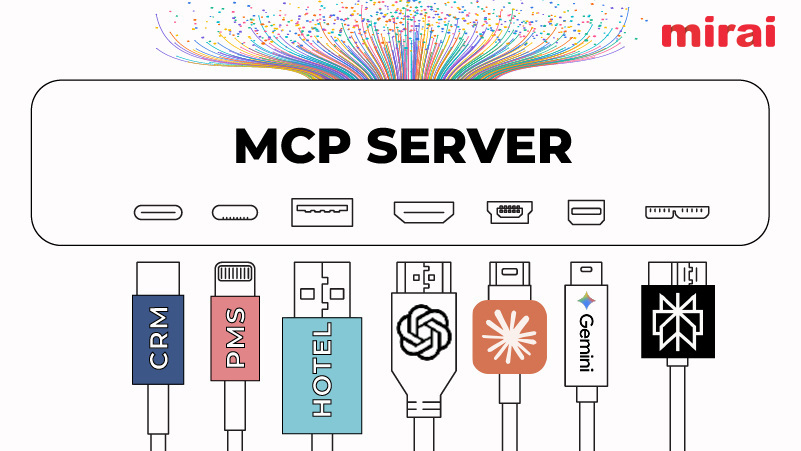In our last blog, we looked at Channel Shift and the impact that this can make by simply restricting lower rated business in favour for higher rated business. Sounds simple right?
NB: This is an article from Right Revenue, one of our Expert Partners
Subscribe to our weekly newsletter and stay up to date
Well, of course there are considerations to be made, and if you missed the advice, you can read it here.
Now for the second consideration… Dynamic Pricing
So, what exactly is Dynamic Pricing? Put simply, Dynamic Pricing is the practice of changing room pricing, multiple times per day based on a rooms individual demand.
Read any article about Dynamic Packaging and you will read that implementing this strategy will normally make an immediate and positive impact on your ADR. However, it does not suit everyone.
Many hotels work much better with a derived pricing strategy. Derived meaning that when one room type price is changed, others follow with set increments. For example: your standard room is £100.00. Superior £120.00. Deluxe £160.00. If you move your standard room to £120.00 then the superior will increase by £20.00 to £140.00 and the Deluxe to £180.00.
Derived pricing works really well in hotels that have a loyal customer base and need to have a more traditional pricing structure. And by traditional, I don’t mean ‘old-fashioned’ – simply put, this pricing structure is ‘solid’ and ‘transparent’ and for these two reasons alone, it does suit many hotels – particularly those hotels who operate within the personas of luxury or country house.
To many, this pricing structure might hark back to days when hotels worked within set rate bands (yes, I remember those days well) But even if these more traditional hotels move their rates in a more flexible way ie by £1.00 or £2.00 increments, the derived rooms will still have set rate increases. This is not Dynamic Pricing – simply a more flexible way of selling Derived Pricing and this may be the perfect step for some more traditional hotels.
What is Dynamic Pricing? It is the art of adjusting rates based on individual demand. Now let’s think about that remembering that moving 5 rate levels, over 5 room types, on 5 distribution channels for one year, is over 45,000 rate decisions that need to be made every day! Now apply that to your own business with multiple room types / segments and distribution channels… sounds like chaos, right?
Let’s be clear… this type of pricing cannot be done manually and if you are considering dynamic pricing you will need a revenue management system, in fact it is crucial to your success (an unashamed plug for Right Revenue!)
So, when does Dynamic Pricing work? Typically, Dynamic Pricing works best in hotels with transient guests ie the kind of guests who are price driven and are potentially less likely to expect set increments. These hotels typically (but not exclusively, work in fast paced markets ie city centre or airport locations.
What are the advantages of Dynamic Pricing? For most, an almost immediate increase in ADR, it is that simple. You will see your ADR increase as your flexibility increases.
And the disadvantages of Dynamic Pricing? Imagine the scenario where you have lots of demand for your standard rooms. As any pricing algorithm watches business pace, it will potentially be increasing rates for this room type. Now imagine that your superior demand is static. This could mean that your standard room pricing comes close to or even out-prices your superior room pricing.
This of course depends on forecasted demand and also that your revenue management software is correctly forecasting. But if you let your revenue management system do its job, then unchecked, your pricing may reflect purely demand and not overall strategy. Honestly, some hotels don’t mind this and will let room pricing move unchecked. This does work for a few, but you need to decide if this is right for your property.
Can Dynamic Pricing be restricted? Yes, of course. A good revenue management system will allow you to add hurdle and rack rates so that pricing doesn’t sit outside your strategy. And ‘buffers’ can be added so that one room type rate doesn’t encroach too closely on another.
What considerations do I need to make?
- Will this apply to all of my room types or do I need certain room types to be excluded eg suites?
- Will this apply to all of my segments or purely to BAR? If it is applied to all of your segments, then you will need to involve other departments, as how will this impact corporates or groups?
- You may also want to consider how you might restrict this pricing. For example – closing down certain room types for sale or imposing LOS by room type
- How will this affect your rate parity?
This type of strategy also will require additional software in a Channel Manager. Please don’t expect your team to manage multiple layers of pricing and then a complex distribution strategy, without the tools to help.
As a round-up, this pricing strategy seems simple as a first pass but as with all things in life, once you dig a little deeper, it can have repercussions for all parts of your business. Whilst the impact to ADR may be immediate, the strategy is complex and the impact on your customers can be immediate and difficult to reverse if you get it wrong.
But if this is for you, then try and test and give it some time.
Dynamic Pricing is one more strategy to consider and watch this space for further instalments.





